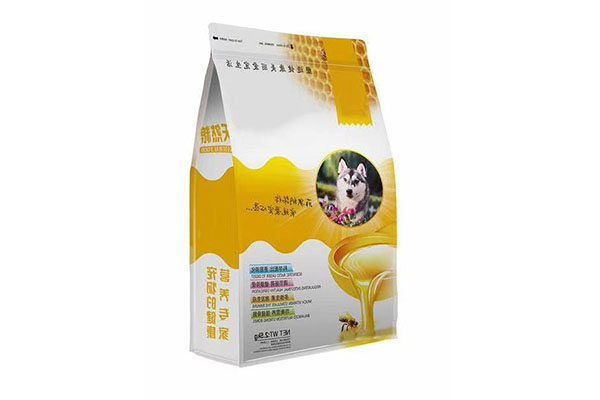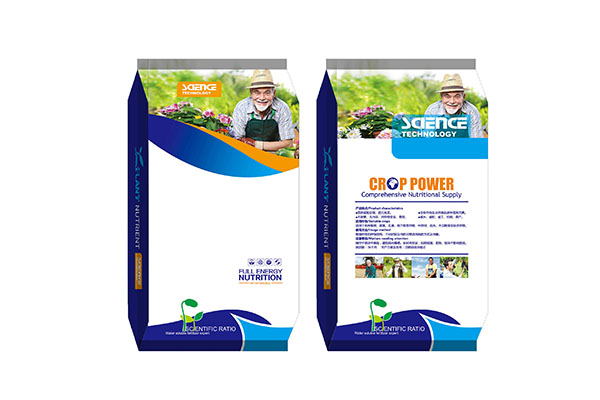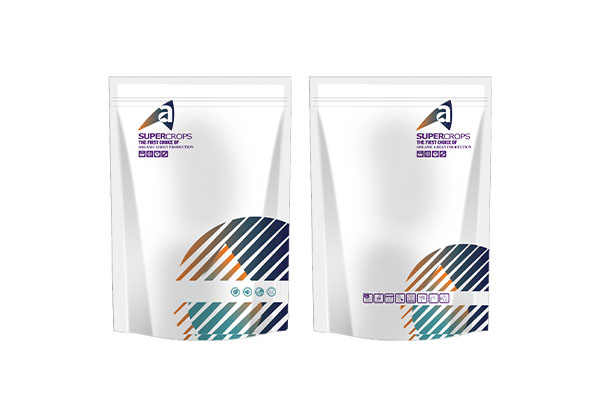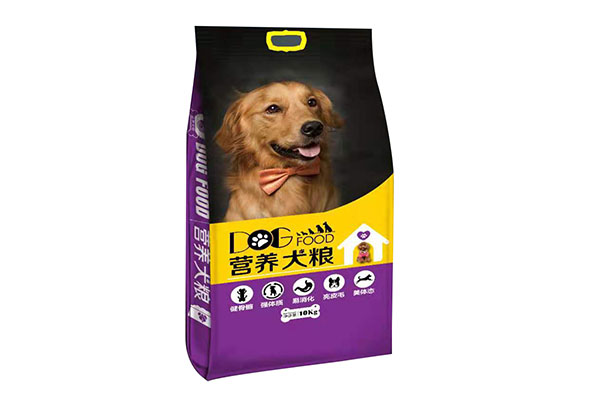How does moisture-proof coating reduce the water vapor transmission rate of a three-side seal stand-up bag?
Release Time : 2025-09-29
Moisture-proof coating is a key technical approach to improving the moisture-proof performance of three-side seal stand-up bags. Its core function is to reduce the permeability of packaging materials to water vapor through surface modification or composite coating processes, thereby extending the shelf life of the contents. The effectiveness of this treatment on reducing moisture permeability requires a comprehensive analysis of four aspects: coating type, mechanism of action, composite structural synergy, and environmental adaptability.
The type of moisture-proof coating directly influences the effectiveness of reducing moisture permeability. Common coating materials include polyvinylidene chloride (PVDC), ethylene-vinyl alcohol copolymer (EVOH), and nanoscale inorganic oxides (such as silicon oxide and aluminum oxide). PVDC coatings form a dense barrier through the chlorine atoms in their molecular chains, effectively blocking the diffusion of water vapor molecules. EVOH relies on its highly crystalline structure to maintain stable barrier properties despite humidity fluctuations. Nano-oxide coatings create a "maze effect" through the accumulation of microscopic particles, extending the water vapor permeation path. Different coating types have different effects on moisture permeability reduction, so the appropriate solution should be selected based on the characteristics of the contents.
The primary mechanisms of action of coatings are surface energy regulation and physical barrier. Surface energy regulation reduces the surface tension of the material, reducing the adsorption and condensation of water vapor on the packaging surface, thereby inhibiting the initiation of moisture permeation. Physical barrier relies on the coating's dense structure, forcing water vapor molecules to travel a more complex path through the coating, significantly reducing the moisture permeation rate. For example, PVDC coatings form a continuous, non-porous film at the microscopic level, forcing water vapor molecules to overcome a high energy barrier to penetrate, thus achieving effective barrier performance.
The synergistic nature of composite structures is the key to moisture-proof coatings' ability to reduce moisture permeability. Three-side seal stand-up bags typically utilize multi-layer composite structures, such as PET/AL/PE or NY/PE. The moisture-proof coating can be applied to either the inner or middle layer. When the coating is laminated with a high-barrier material like aluminum foil, the foil provides a primary barrier, while the coating fills the microscopic imperfections on the foil's surface, creating a "double barrier." When laminated with a low-barrier material like polyethylene, the coating directly assumes the primary barrier function, compensating for the substrate's shortcomings through its own performance. This synergistic effect significantly reduces moisture permeability, surpassing the performance of a single material alone.
Environmental adaptability significantly impacts the effectiveness of moisture-proof coatings. Rising temperatures accelerate the thermal motion of water vapor molecules, increasing the pressure for moisture permeation. However, high-quality coatings can partially offset this effect by maintaining structural stability. Humidity fluctuations can cause the coating to expand or shrink due to hygroscopic absorption, leading to fluctuations in barrier performance. For example, in high-temperature and high-humidity environments, conventional coatings may soften due to moisture absorption, increasing their moisture permeability. Nano-oxide coatings, however, maintain stable performance through chemical inertness. Therefore, the choice of coating should consider the temperature and humidity range of the intended use.
In practical applications, moisture-proof coatings require a balance between cost and performance. While high-end coatings such as PVDC can significantly reduce moisture permeability, they are relatively expensive and are suitable for high-value-added products. Nano-oxide coatings, on the other hand, offer high barrier performance at a low cost, making them a preferred choice for the mid-range market. Furthermore, factors such as coating uniformity and adhesion to the substrate also impact the final result, requiring rigorous quality control to ensure performance meets standards.
Development trends indicate that moisture-proof coating technology is evolving towards functionalization and environmental friendliness. On the one hand, coating materials are incorporating antibacterial and antioxidant properties to achieve synergistic moisture-proofing and freshness preservation. On the other hand, environmentally friendly products such as water-based and bio-based coatings are gradually replacing solvent-based coatings to meet the needs of sustainable development. These innovations will further enhance the moisture-proof performance and market competitiveness of three-side seal stand-up bags.







